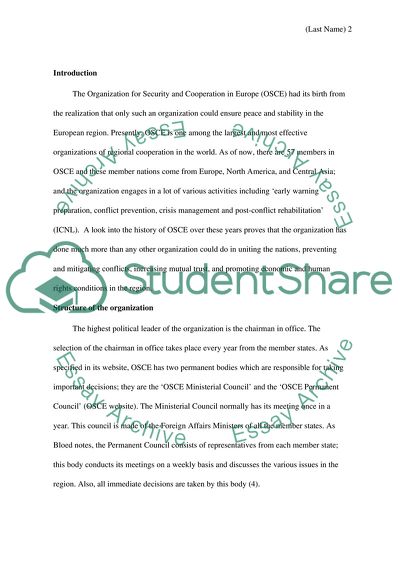Cite this document
(“The Organization for Security and Co-operation in Europe (OSCE) Research Paper”, n.d.)
The Organization for Security and Co-operation in Europe (OSCE) Research Paper. Retrieved from https://studentshare.org/miscellaneous/1609581-the-organization-for-security-and-co-operation-in-europe-osce
The Organization for Security and Co-operation in Europe (OSCE) Research Paper. Retrieved from https://studentshare.org/miscellaneous/1609581-the-organization-for-security-and-co-operation-in-europe-osce
(The Organization for Security and Co-Operation in Europe (OSCE) Research Paper)
The Organization for Security and Co-Operation in Europe (OSCE) Research Paper. https://studentshare.org/miscellaneous/1609581-the-organization-for-security-and-co-operation-in-europe-osce.
The Organization for Security and Co-Operation in Europe (OSCE) Research Paper. https://studentshare.org/miscellaneous/1609581-the-organization-for-security-and-co-operation-in-europe-osce.
“The Organization for Security and Co-Operation in Europe (OSCE) Research Paper”, n.d. https://studentshare.org/miscellaneous/1609581-the-organization-for-security-and-co-operation-in-europe-osce.


